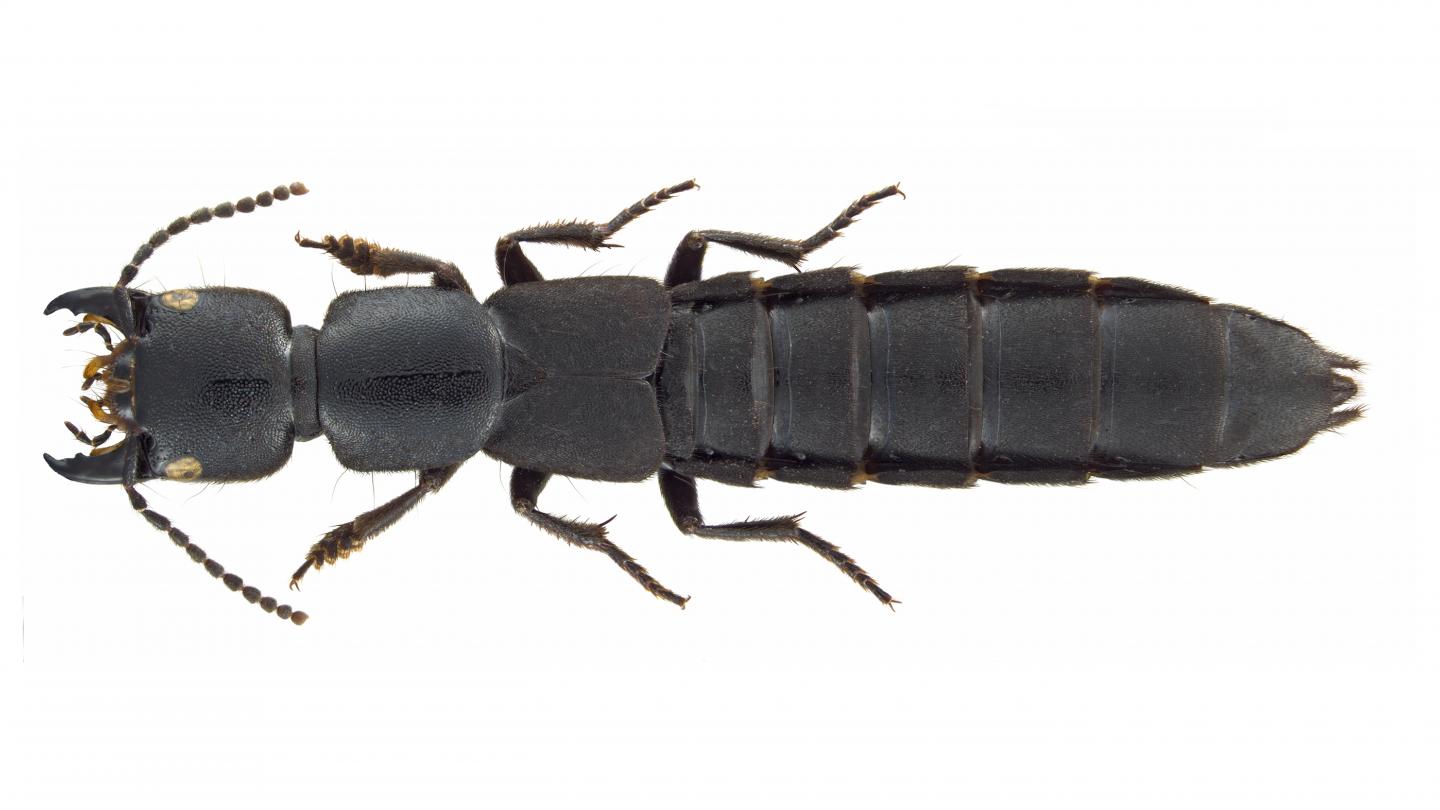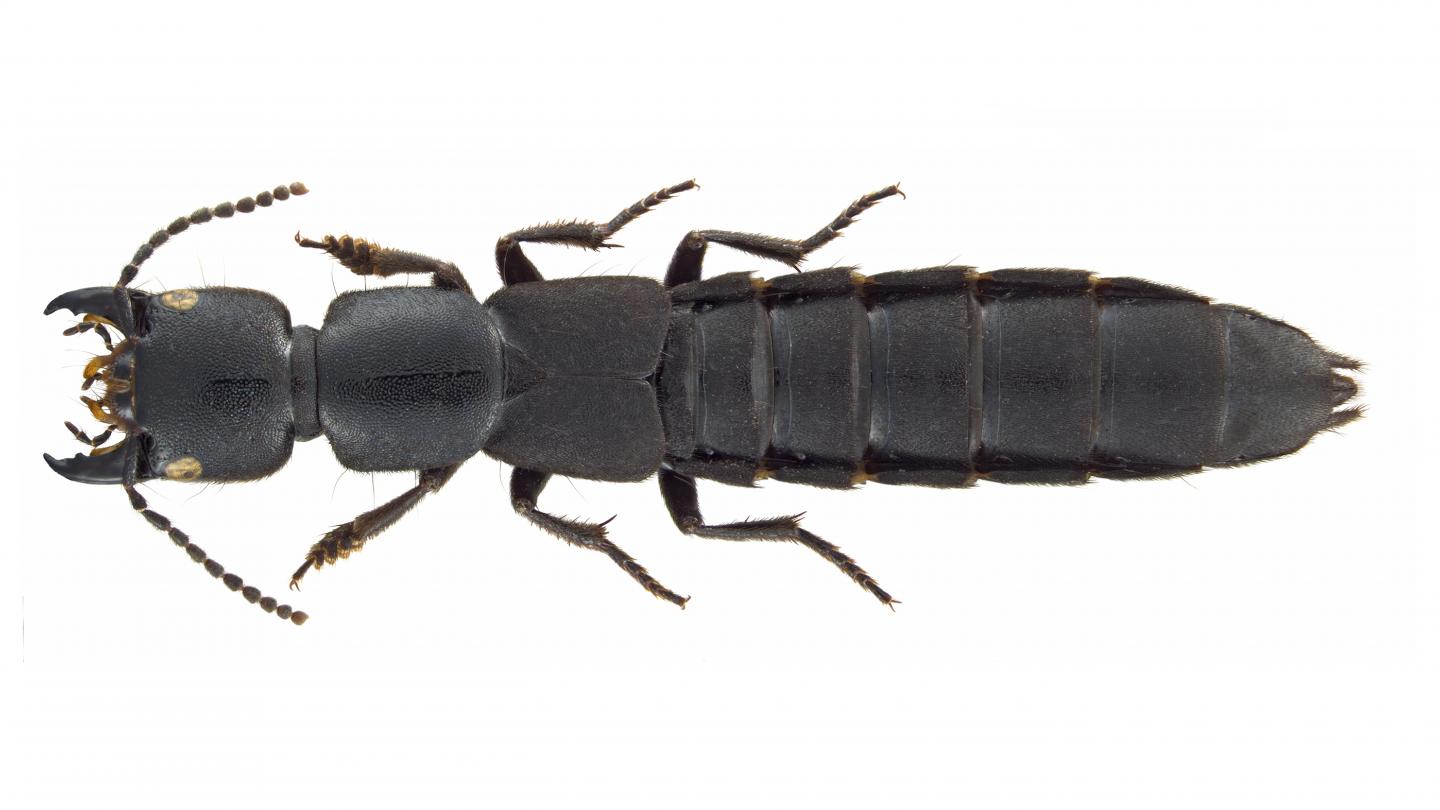
Credit: Harald Schillhammer
With social networks abound, it is no wonder that there is an online space where almost anyone can upload a photo and report a sighting of an insect. Identified or not, such public records can turn out to be especially useful — as in the case of an Old World beetle species — which appears to have recently entered Canada, and was recently discovered with the help of the BugGuide online portal and its large citizen scientist community.
Having identified the non-native rove beetle species Ocypus nitens in Ontario, Canada, based on a single specimen, author Dr Adam Brunke, affiliated with the Canadian National Collection of Insects, Arachnids and Nematodes, Ottawa, sought additional data to confirm his discovery.
Eventually, he found them in the citizen-generated North American digital insect collection BugGuide, created and curated by an online community of naturalists, insect enthusiasts and entomologists. After he verified as many as 26 digital photographs to be records of the same species, he concluded that the rove beetle has expanded its distribution to two new locations — Ontario, its first in Canada, and the state of Vermont, USA. His study is published in the open access Biodiversity Data Journal.
The species O. nitens is a fairly large rove beetle measuring between 12 and 20 mm in length and visibly distinguished by the characteristic form of the head and relatively short forewings. Furthermore, the insect is quite easy to spot because it prefers living around humans, often being spotted in woodlots and backyards.
As a result of the hundreds of years of Transatlantic trade, many species have been transported accidentally among various produce to subsequently adapt and establish on the other side of the ocean. While the rove beetle species O. nitens was first reported from the Americas in 1944, it was not until the turn of the new millennium that it escaped the small area in New England, USA, which had so far been its only habitat on the continent. Then, its distributional range began to rapidly expand. It is unlikely that the presence of this rove beetle, especially in Ontario, has long remained undetected, because of thorough and multiple sampling initiatives undertaken by professionals and students in the past.
The effect of the newly recorded species on the native rove beetles is still unknown. On the other hand, there are observations that several related beetles have experienced a drop in their populations in comparison to the records from the beginning of the century.
"Citizen-generated distributional data continues to be a valuable ally in the detection of adventive insects and the study of their distributional dynamics," concludes the author.
###
Original source:
Brunke A (2016) First detection of the adventive large rove beetle Ocypus nitens (Schrank) in Canada and an update of its Nearctic distribution using data generated by the public. Biodiversity Data Journal 4: e11012. https://doi.org/10.3897/BDJ.4.e11012
Media Contact
Dr Adam Brunke
[email protected]
@Pensoft
http://www.pensoft.net
############
Story Source: Materials provided by Scienmag





